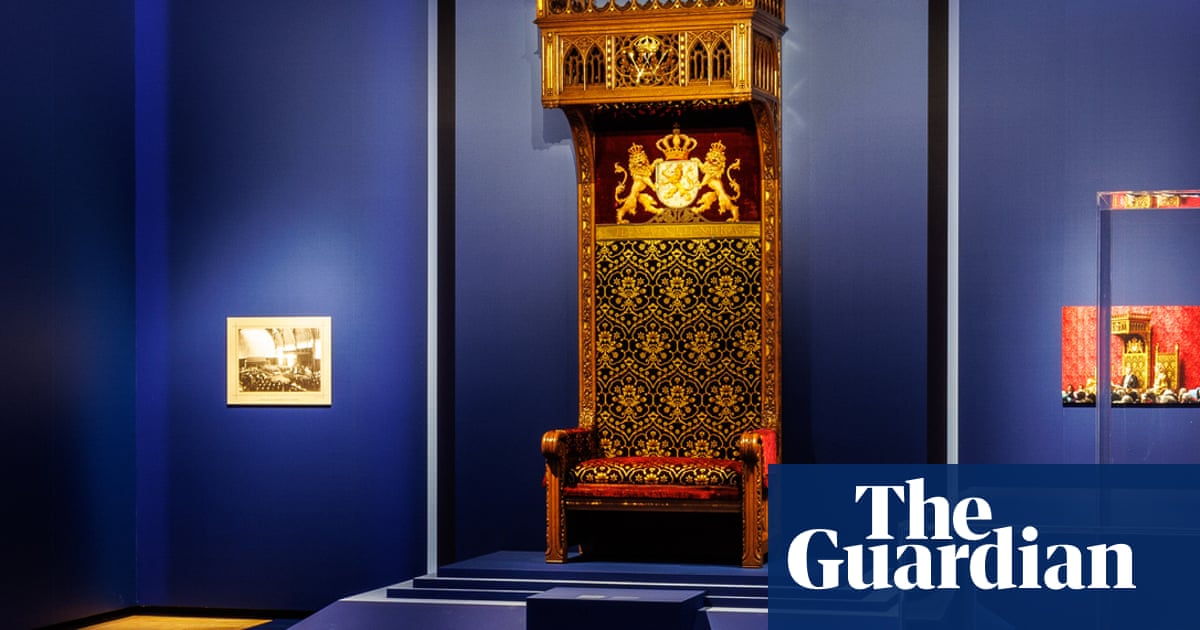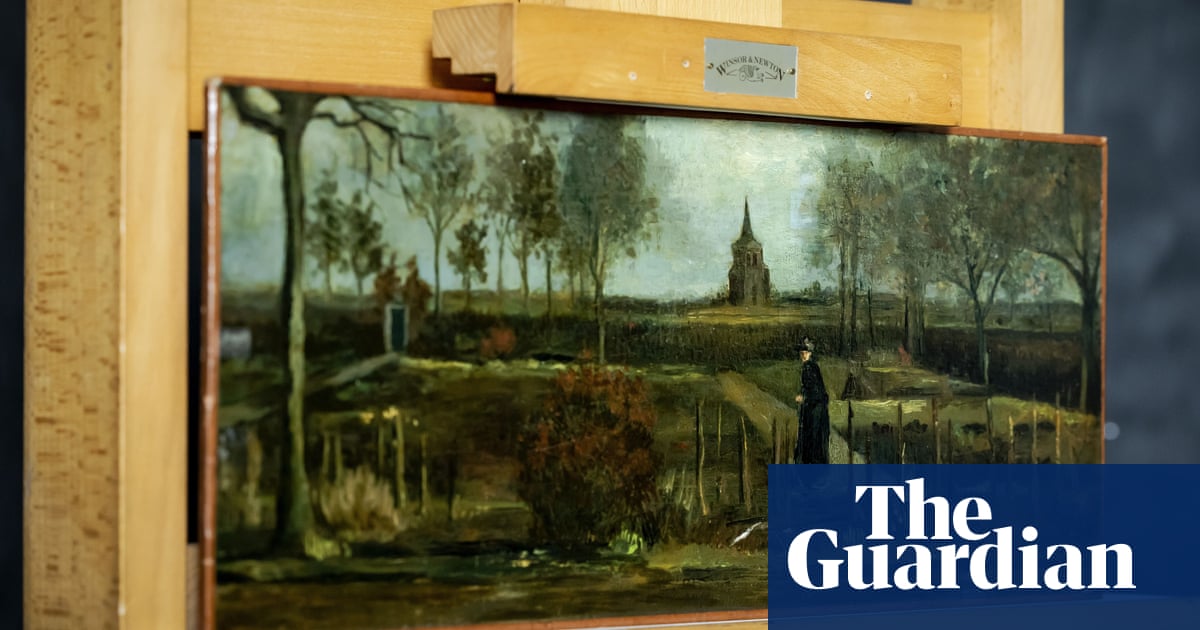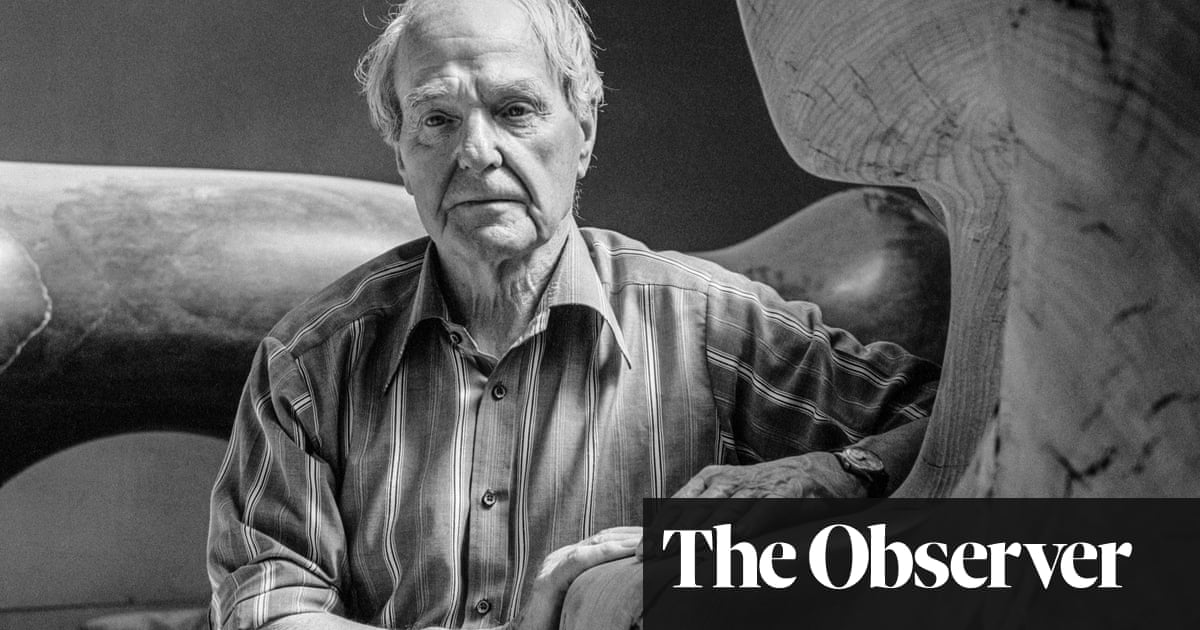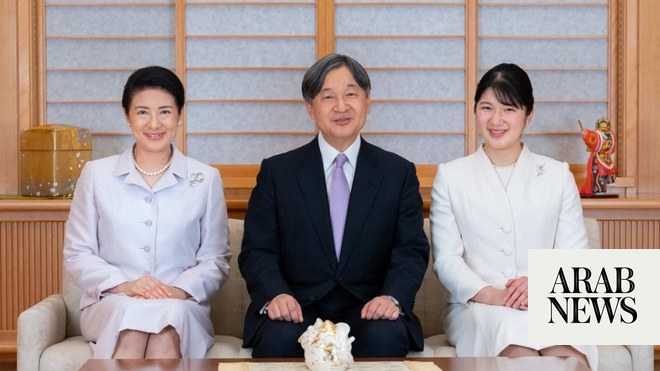
The Dutch throne has been moved for the first time from the 13th-century Ridderzaal in The Hague to be displayed in an exhibition, as the Netherlands’ monarchy seeks to further open up to the public amid growing republican sentiment.
The wooden chair, upholstered in velvet, takes centre stage in the Power of the Throne exhibition at Paleis Het Loo, a summer retreat for the House of Orange-Nassau that continued to be used deep into the 20th century.
The throne, which will be on show from this week until March, is used by King Willem-Alexander for his annual speech at the state opening of parliament at the Ridderzaal (Knights Hall) where the monarch outlines his government’s plans for the coming year.
It is commonly regarded as the main royal seat, although there are others.
Dr Annette de Vries, the head of research and collection at Paleis Het Loo, said: “Everybody knows the throne because it’s on TV once a year, and so it’s part of the theatre of power in the Netherlands. It’s not an object that belongs in a museum as such, but for the occasion, and also because of the relevance of this exhibition, they decided that it was it was a good idea. It’s a wonderful thing. It’s a marvellous thing.”
The Het Loo is in the central Apeldoorn region and is sometimes referred to as the “Versailles of the North” because of its grandeur. It was opened as a museum and art gallery in 1984 by Queen Beatrix, the mother of Willem-Alexander.
This year a €171m (£149m) extension, with 5,000 sq metres (53,820 sq ft) of exhibition space, was unveiled containing a permanent display chronicling the life and times of the Dutch royals of past and present.
The current throne was designed and built in 1904 by Pierre Cuypers, the architect behind Amsterdam’s Central Station and Rijksmuseum.
Its neogothic style was designed to fit in with a wider renovation of the medieval Ridderzaal that was ordered at the turn of the 19th century by the first queen of the Netherlands, Wilhelmina, who ruled from 1890 until her abdication in 1948.
The design was a nod to the golden age of Dutch history when the Netherlands was arguably the global trading power. The Ridderzaal is under renovation again.
De Vries laughed off any suggestion that the new exhibition was an attempt to reignite interest and support for the Dutch monarchy at a difficult time for the king, whose royal house has a €55m annual budget, making it one of the most expensive in Europe.
She said the museum would stay outside of the political debate. “We are an independent state museum. We are not here to be for or against. We are telling the story of the House of Orange during five centuries, and how it is connected to the history of the Netherlands, and how it is connected to the history of Europe and also the cultural history of Europe.”
An increase in republican sentiment in recent years can be tracked to an outpouring of anger at Willem-Alexander’s decision to take his family on holiday to Greece during the Covid pandemic in 2020, despite people being advised to travel as little as possible at the time.
Three years ago, three-quarters of the Dutch public (76%) had confidence in the king, according to an annual poll by Ipsos. Last year, the proportion dropped to 47%. Support for the monarchy overall has fallen to 55%.
This week members of the GroenLinks and Labour (PvdA) parties voted to include the abolition of the monarchy in their joint manifesto for the general election in November.
The museum’s access to the throne could be seen as part of a wider move for the royal family to open up to the public, De Vries added.
“I think it’s opening up more, yes,” she said. “That’s what we see in the Netherlands. And I think interesting and understandable also. When the state decided in the 1980s that Het Loo had to become a museum that was also a decision that would open up a more historical story of the royal family.”
The chair will be displayed alongside other items, such as a replica of the Iron throne from the popular Game of Thrones series and an Ashanti throne from the Ashanti empire in what is now modern-day Ghana.
“We end the exhibition with the question, what is the future?” De Vries said. “And that’s an open question. Of course, it’s not for us to answer.”
This article was amended on 20 October 2023 to change the main image to one showing the correct throne.












